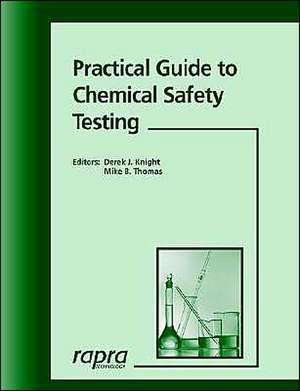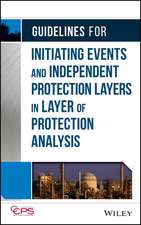Practical Guide to Chemical Safety: Rapra Practical Guides
Editat de D. J. Knight, M. B. Thomasen Limba Engleză Paperback – 31 dec 2002
Preț: 885.54 lei
Preț vechi: 1150.05 lei
-23% Nou
Puncte Express: 1328
Preț estimativ în valută:
169.45€ • 177.28$ • 140.76£
169.45€ • 177.28$ • 140.76£
Carte tipărită la comandă
Livrare economică 31 martie-05 aprilie
Preluare comenzi: 021 569.72.76
Specificații
ISBN-13: 9781859573723
ISBN-10: 185957372X
Pagini: 480
Dimensiuni: 189 x 245 x 26 mm
Greutate: 0.85 kg
Editura: Smithers Rapra Technology
Seria Rapra Practical Guides
ISBN-10: 185957372X
Pagini: 480
Dimensiuni: 189 x 245 x 26 mm
Greutate: 0.85 kg
Editura: Smithers Rapra Technology
Seria Rapra Practical Guides
















